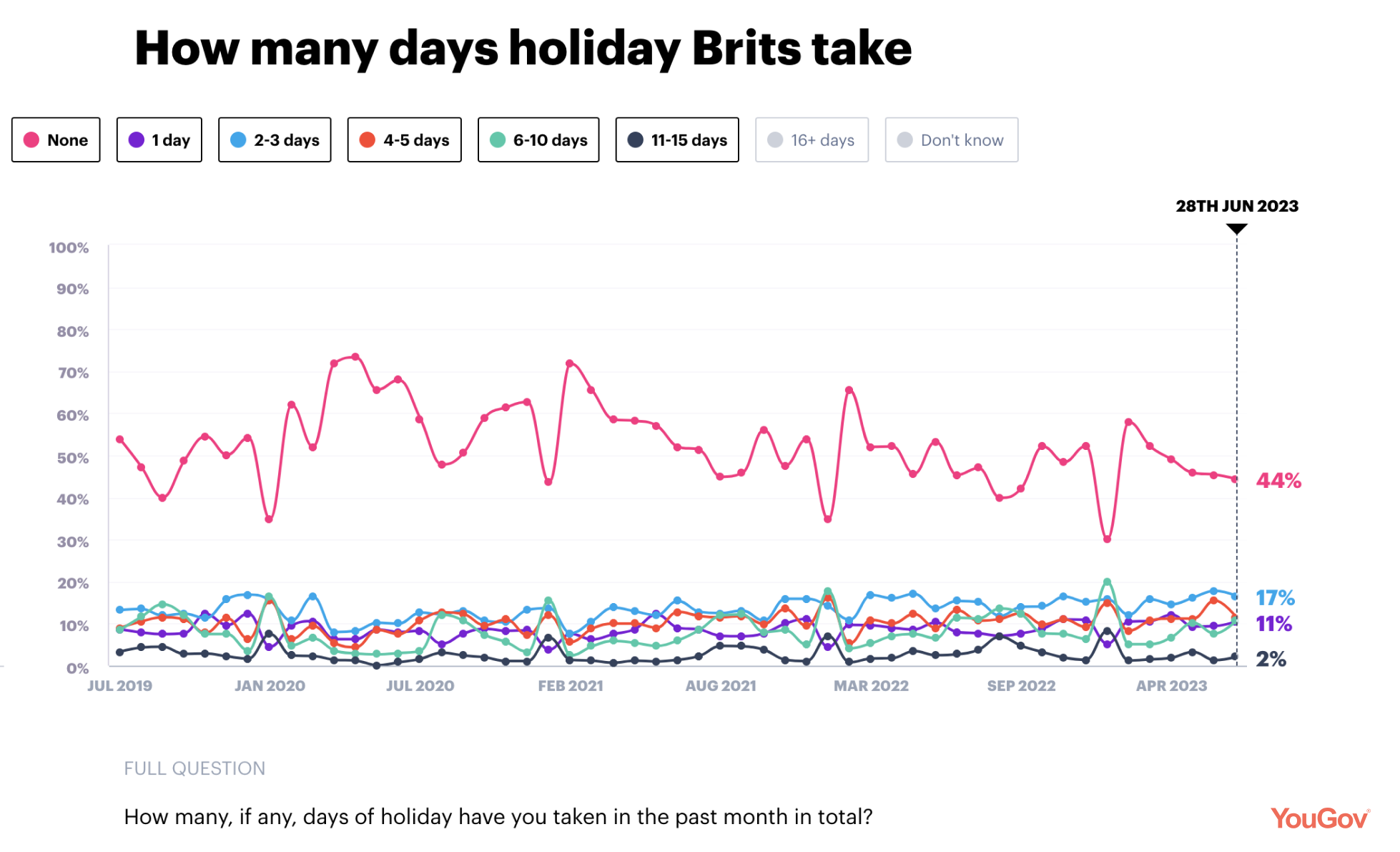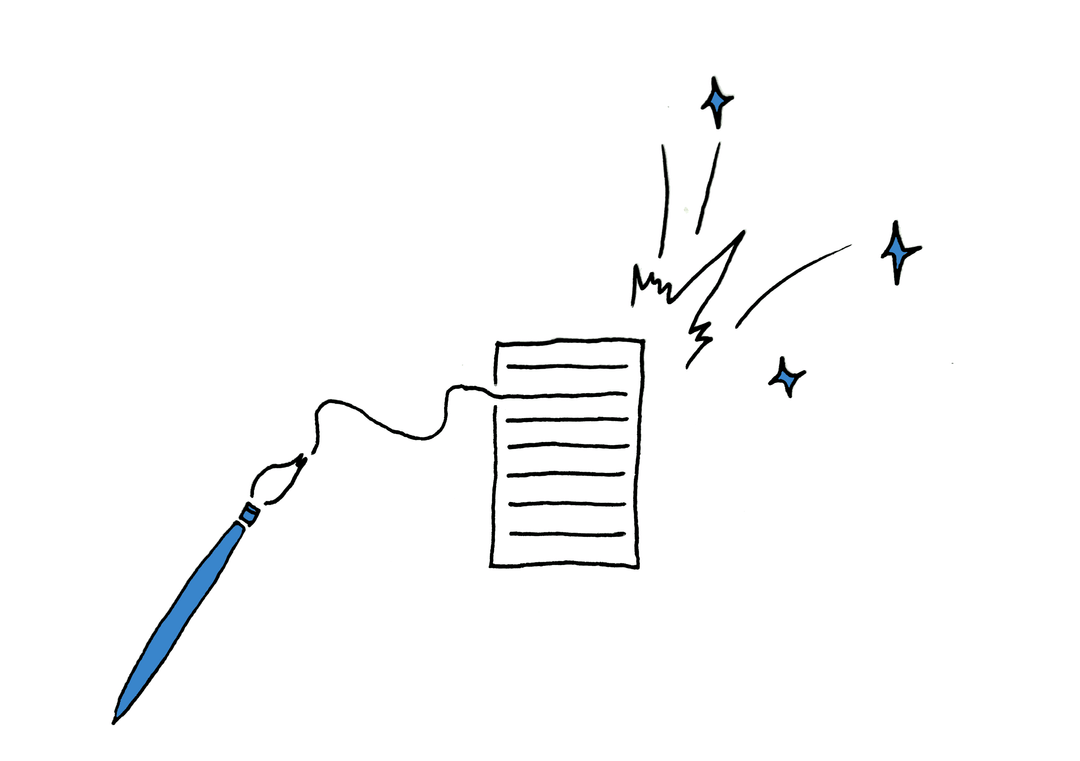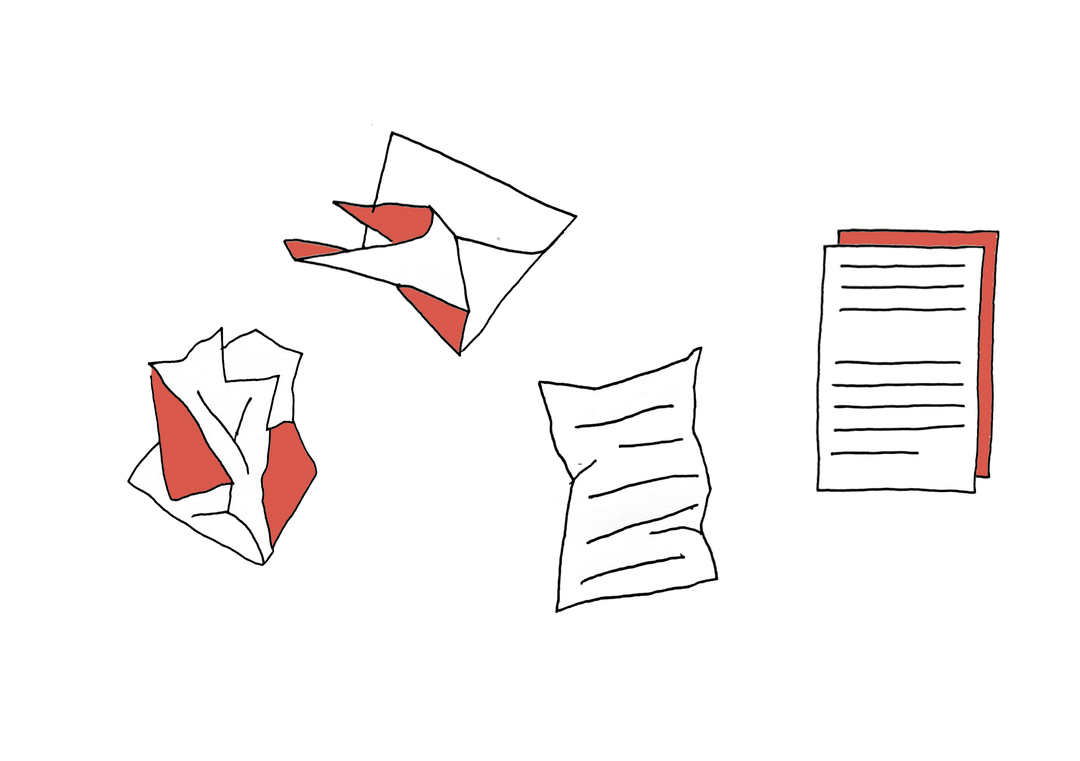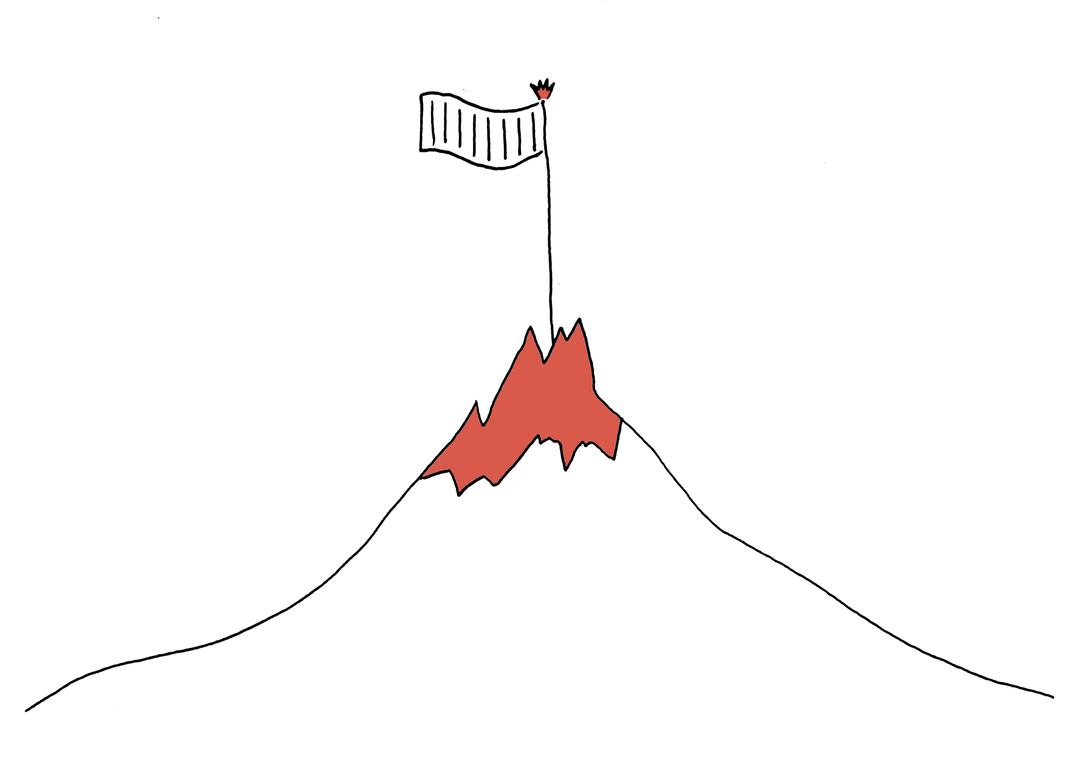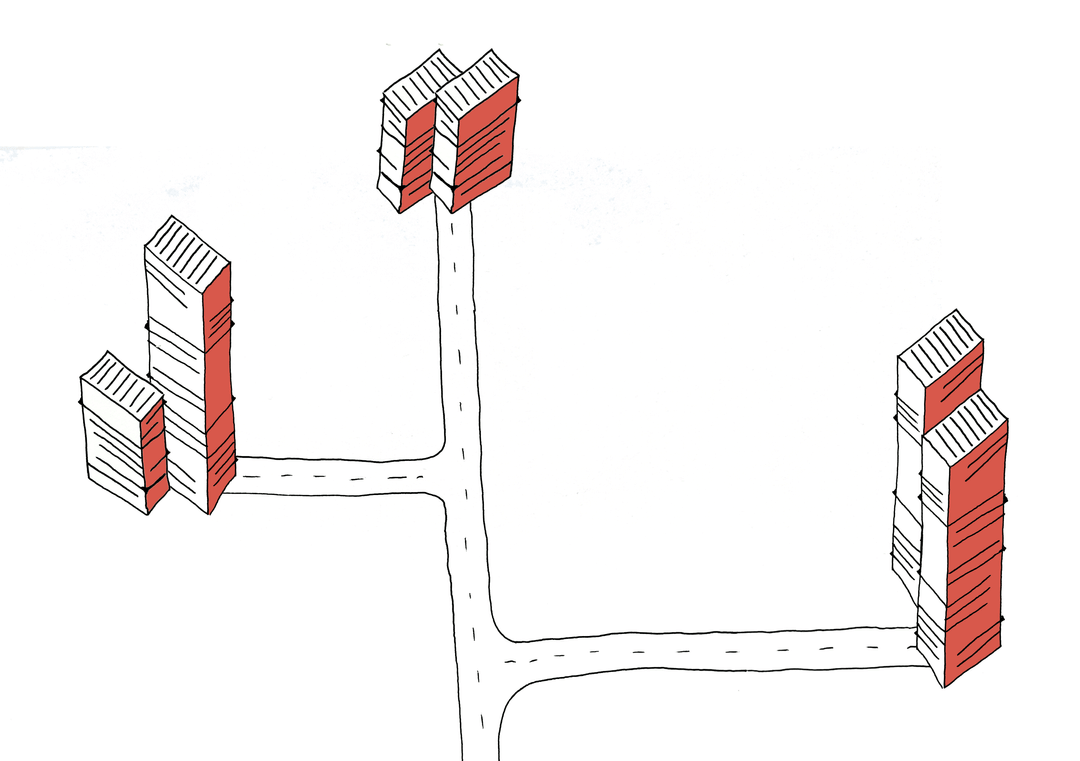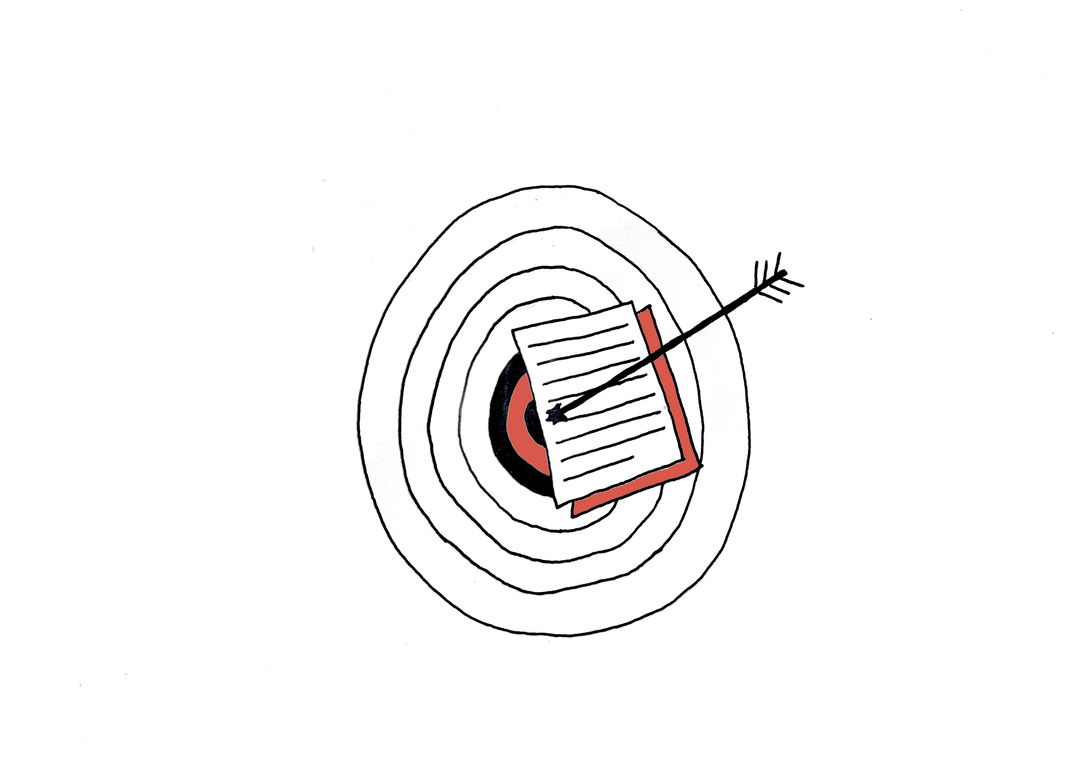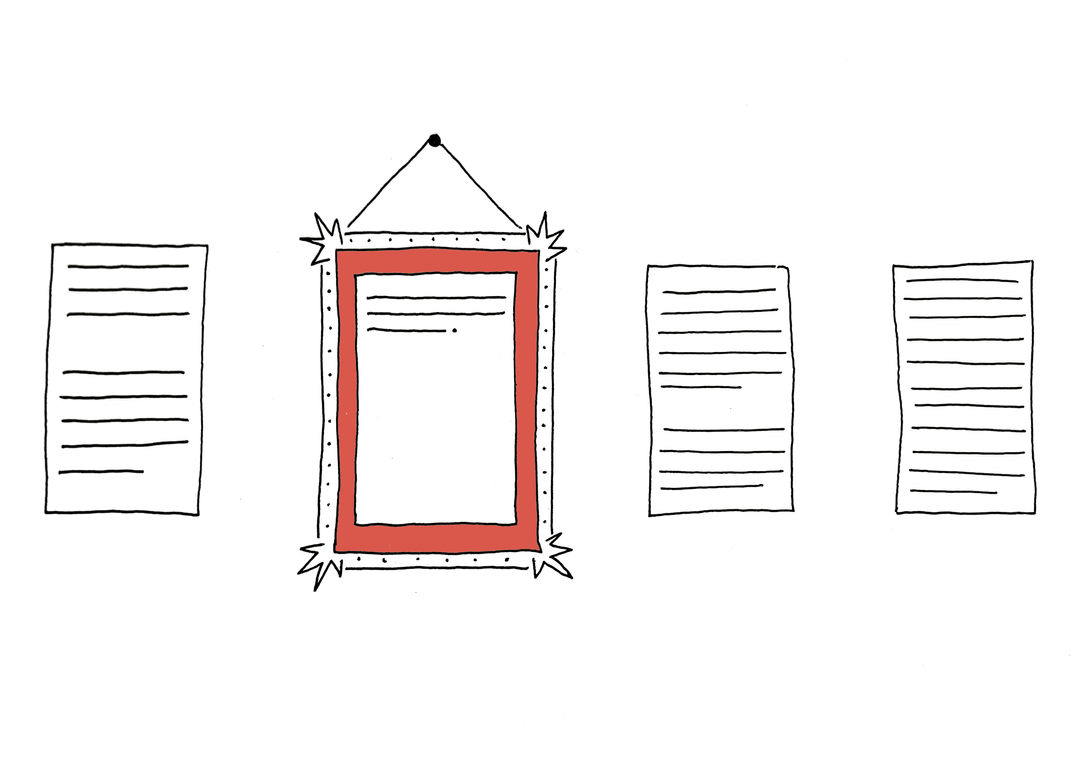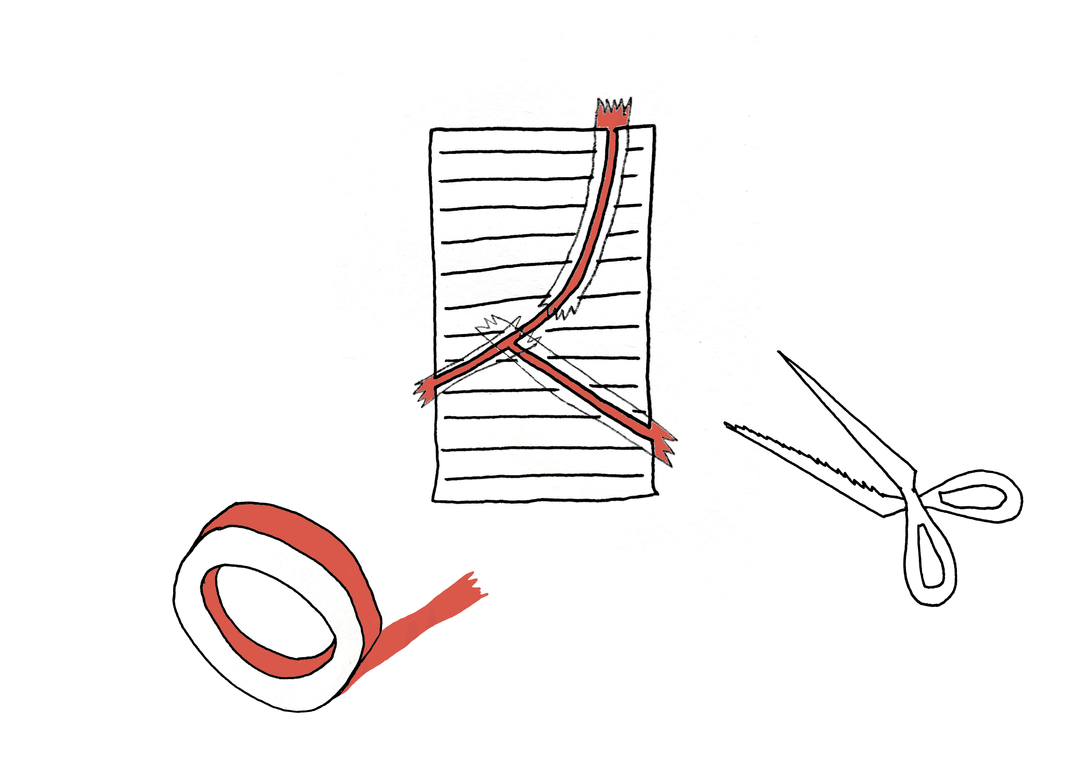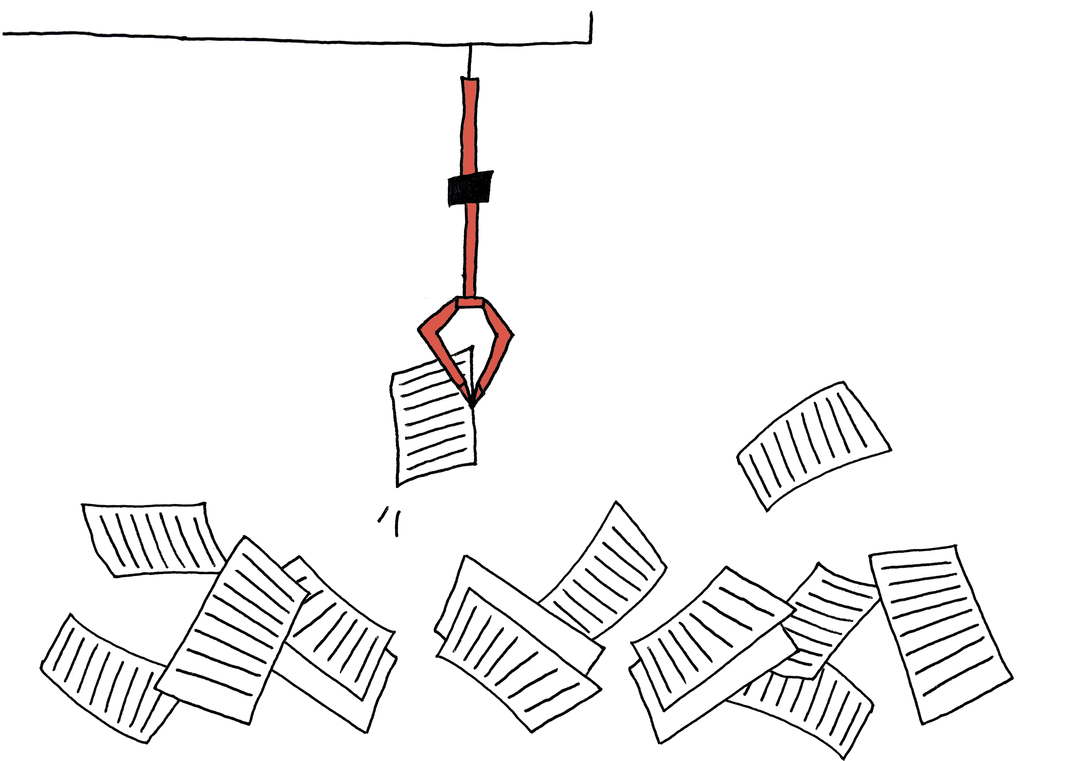You'll often need to include 'external' information in a brief. Things that aren't directly related to this campaign, but are important for your agency to know. Things like market research reports, brand guidelines, audience insights, product presentations. But you need to resist the temptation to copy them all into your brief.
You need to summarise them.
And that can be as straightforward as using AskBriefly to summarise your documents in Briefly.
Why can't I just add everything into the appendix?
Well, you can. And you should.
But if you throw a bunch of documents into an appendix that you can't be bothered to summarise, what makes you think your agency can be bothered to read them?
Your job as a brief-writer is not to provide information. It's to provide the right information. So get ready to extract some key learnings.
How to extract key learnings from marketing documents
Sadly, many marketing documents are dense. Lots of graphs, datapoints, explanations. And everything can feel so valuable that you don't want to miss any of it out. So to make things easier, we've created a checklist that will help you extract the key bits of info from any document, ready for a marketing brief.
Summarising data into headlines
For each document or source of information you have, start by going through and writing up some headlines for the most relevant points. In plain English, what is the key thing you're trying to tell your agency?
Pro tip: Briefly's Brand Intelligence can make summarising data and documents easier than ever. Uploading your files to your own Brand Canvas makes all that information available every time you write a brief - and Briefly can automatically summarise key points and insights that are ready to go straight into your brief.
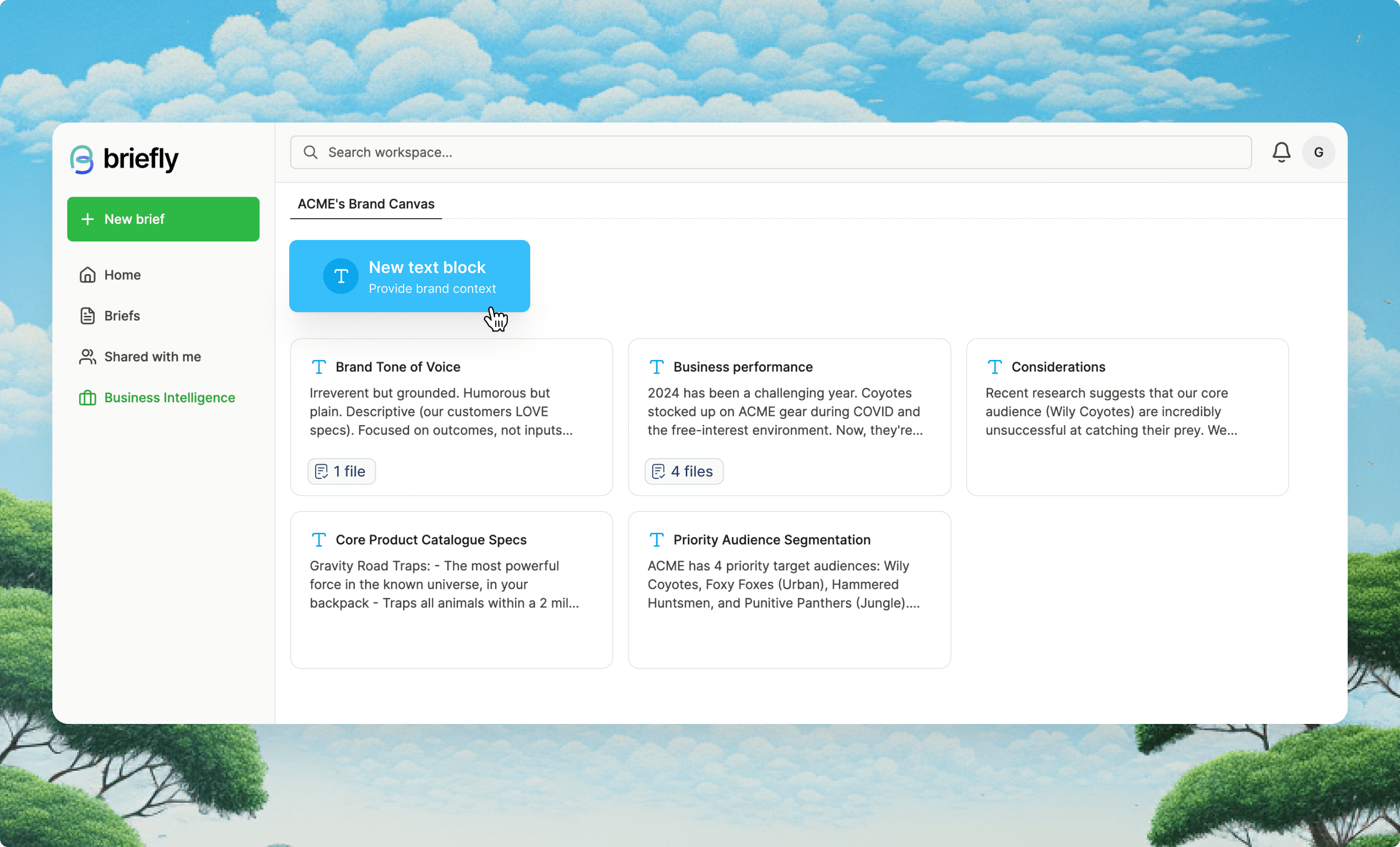
Actionable summaries
For every headline, think about why you're including it - how is your agency supposed to act on this information?
If you can clearly decide what the headline is, and what actions your agency is meant to take, then it's worth including in the brief.
Dial in the right data
Once you've got the headlines, be similarly selective about the data you include. Sometimes a single graph paints a thousand words. But sometimes, all you need to call out is a single datapoint. For example, take the following graph from YouGov, showing the number of vacation days Brits take:
There are several conclusions you could draw from this:
- Brits tend to take more holiday around Christmas than any other time
- The amount of holiday Brits take has very slowly increased since COVID
- When Brits do take time off, most often they take 2-3 days off at a time
By including the full dataset, you leave your agency with lots of possible ways to understand the data. And depending on the campaign, you could end up with very different creative results.
Haphazardly throwing a chart into your brief can undo a lot of the careful, considered thinking you've already done. So, narrow your field when bringing in external information, and deliberately focus on the stuff that matters.
If you do that, and combine it with a focused, inspiring brief, you'll be well on your way to the perfect briefing...
Of course, if you want to make writing a great brief easy, you can always try Briefly 🌱




